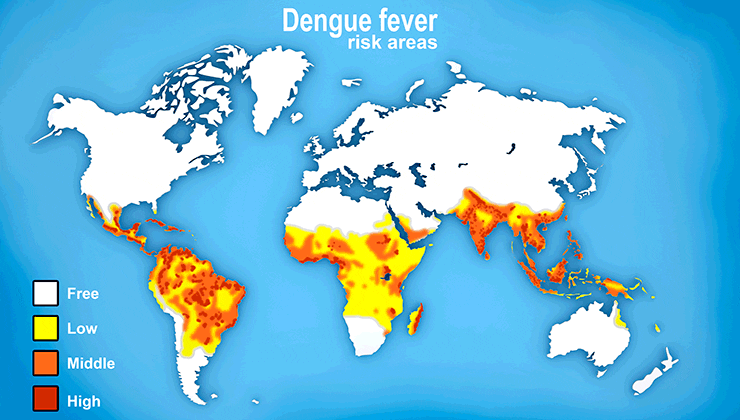 A new study finds that mobile phone records can be used to predict the geographical spread and timing of dengue epidemics.
A new study finds that mobile phone records can be used to predict the geographical spread and timing of dengue epidemics.
Utilizing the largest data set of mobile phone records ever analyzed to estimate human mobility, researchers from the Harvard T.H. Chan School of Public Health developed an innovative model that can predict epidemics and provide critical early warning to policy makers.
Dengue is the most rapidly spreading mosquito-borne disease worldwide. Infection can lead to sudden high fever, bleeding, and shock, and causes significant mortality.
The researchers analyzed data from a large dengue outbreak in Pakistan in 2013 and compared it to a transmission model they developed based on climate information and mobility data gleaned from call records. Data from nearly 40 million mobile phone subscribers was processed in collaboration with Telenor Research and Telenor Pakistan, with the call records being aggregated and anonymized before analysis.
The results showed that the in-country mobility patterns, revealed by the call records, could be used to accurately predict the geographical spread and timing of outbreaks in locations of recent epidemics and emerging trouble spots.
“Accurate predictive models identifying changing vulnerability to dengue outbreaks are necessary for epidemic preparedness and containment of the virus,” said Caroline Buckee, assistant professor of epidemiology, and the study’s senior author. “Because mobile phone data are continuously being collected, they could be used to help national control programs plan in near real time.”


